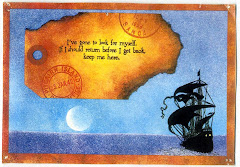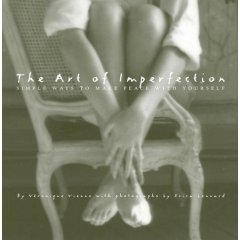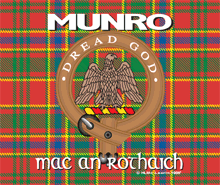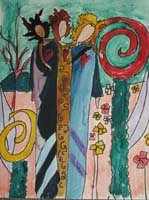"I wanna hear some funky Dixieland, c'mon pretty mama take me by the hand..."
Today was the first spring day to crank down the car window and crank up the car radio, the first day to turn on the car air conditioner.
It was the first day to hit and surpass 70 degrees F. (72 degrees), the first day to open the house windows, the first day to leave the patio door open for Gracie to run in and out at will.
It was the first day (for me anyway) to go outside without a coat, first day to see joggers go by wearing only tank tops and shorts, the first day to say the snow is really gone, except for a few little icebanks left over from snowblowers or plows (they don't count!).
It was the first day to see a neighbor raking leaves, first day to hear the roar of motorcycles, first day to fire up the barbecue.
It was the first day to see (and purchase) daffodils at the supermarket, the first day to buy a Russell Stover Dark Chocolate Raspberry Creme egg (Okay, I bought lots of them. Bliss!), first day that inspired in me an urge to do spring cleaning and set out a few items of Easter decor.
And it is THE DAY of the first spring full moon (the first full moon after the spring equinox). In Native American folklore, this moon is called the Worm Moon (ick!). The name comes from increased earthworm activity in the warming soil, as evidenced by tiny, curling piles of dirt or "castings" that worms leave on the surface. As worms help prepare the soil for spring growth, this signals the growing season to come and the return of the robin.
Nicer names for the first spring moon are the Grass Moon (self explanatory) and the Egg Moon, because of all the birds laying eggs and animals giving birth. It is also called the Paschal or Easter Moon, because Easter always occurs on the first Sunday after the first full moon after the vernal equinox.
The more northern Native Americans knew it as the Crow Moon, when the cawing of crows signals the end of winter, or the Crust Moon because the snow cover becomes crusted from thawing by day and freezing at night. The Sap or Maple Sugar Moon, marking the time of tapping maple trees, is another variation.
The moon turns precisely full tonight at 9:35 p.m. in my time zone, Central Daylight Time. If it stays clear outside, it will beam between the golden planet Saturn and sparkling blue-white Spica, the brightest star in the constellation Virgo the Maiden.
In the northern hemisphere, the first full moon of spring always takes place in front of the constellation Virgo. Moreover, Virgo is first seen at nightfall in early spring. It will continue to come out as darkness falls all through spring and summer. However, by the time the leaves turn color and start to fall, Virgo will disappear from the evening sky – not to appear at nightfall again until the following spring. No wonder people in the northern hemisphere associate Virgo with the goddess of fruitfulness!
You probably will not see much of Virgo except for Spica. However, the early Greek stargazers saw these stars as Demeter, their goddess of fruitfulness. It was said that the god of the underworld, Hades, fell in love with Demeter’s daughter, Persephone. But Demeter didn’t approve and refused to allow them to marry. Eventually, Hades’ passions got the best of him. He swept Persephone away in his black chariot and took her to the underworld to live.
Demeter is said to have roamed the Earth searching for her daughter, neglecting her duties as Earth goddess. Seeds didn’t sprout, trees didn’t bear fruit, and a famine hung over the land. Finally, the king of the gods, Zeus, forced Hades to let Persephone go. Zeus had warned Persephone not to eat anything while in the underworld, but she, overcome with hunger, had eaten six pomegranate seeds. As a result, she could not return to her mother permanently. She would have to spend six months with her husband and then six months with her mother each year.
According to the legend, when Persephone is spending her six months in the underworld, Demeter grieves and we have fall and winter. Then when Persephone comes back to Mount Olympus, spring arrives!
"PERSEPHONE" by Meredith Dillman
By the next full moon, on April 28, we in North Dakota will have experienced many more "firsts" of spring. We will have had green grass and dandelions. We will have heard meadow larks. The leaves will have unfurled. Perhaps the earliest of the flowering trees, the almonds, will be in bloom. By the full moon on May 27, we will have had apple blossoms and maybe even lilacs. People will be setting out their bedding plants and finalizing plans for Memorial Day.
But for now, what we have of spring is more than sufficient unto the day.












































































